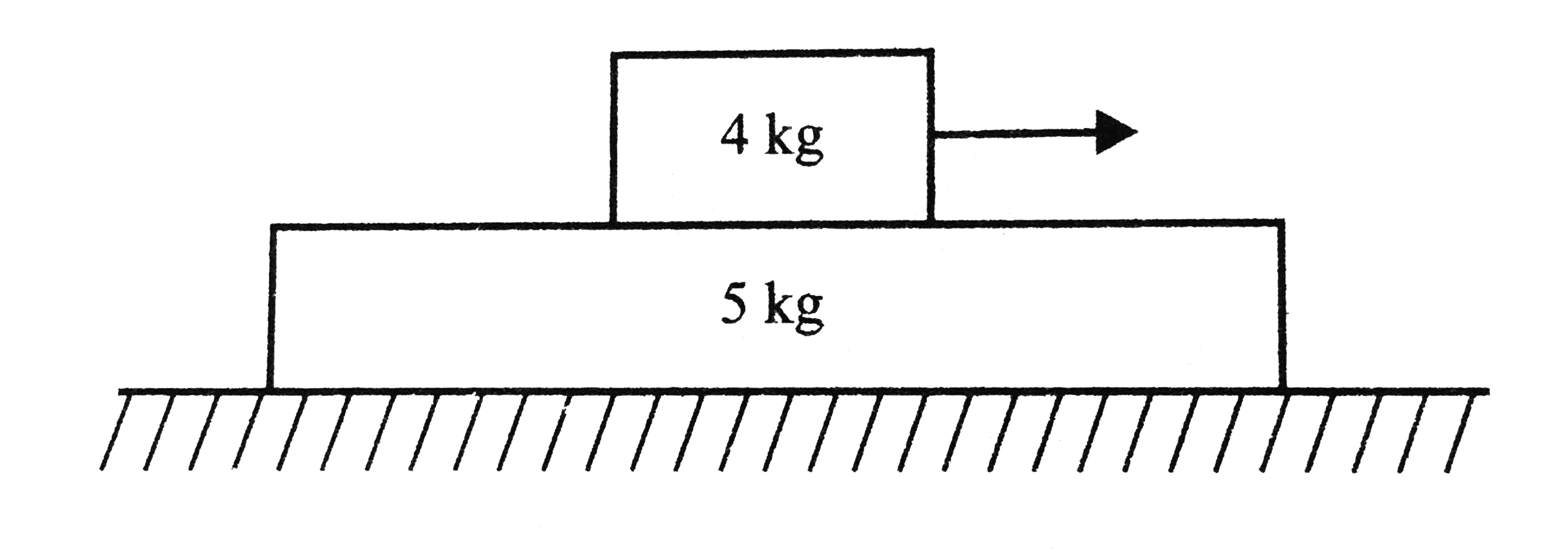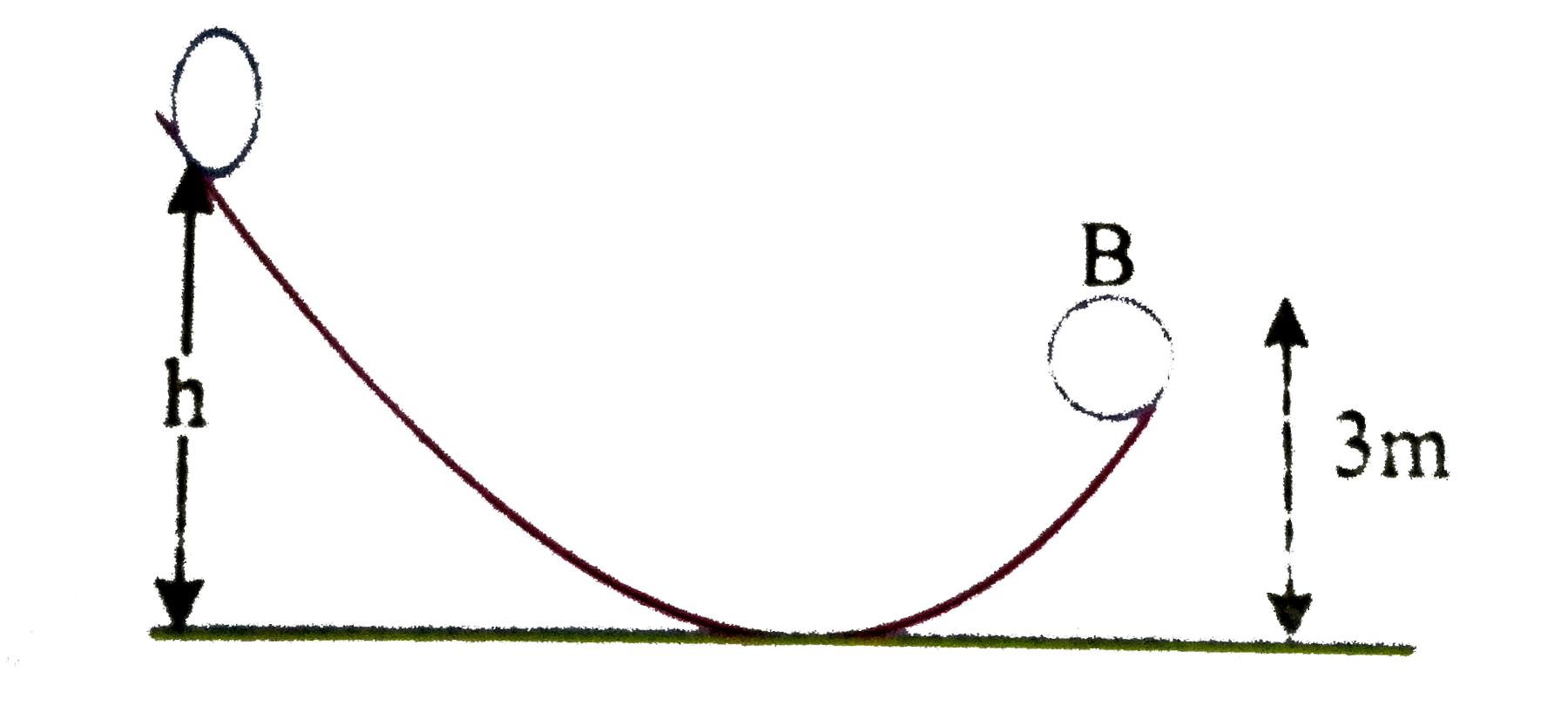The human heart discharges 75cm3 of blood per beat against an average pressure of 10cm of Hg. Assuming that the pulse frequency is 75 per minute, the power of the heart is (density of Hg=13.6gmcm−3)
1.25W
12.5W
0.125W
125W
The correct Answer is:(1)
P=Wt=PressureXxvolumet
Topper's Solved these Questions
- WORK , ENERGY & POWER Book:NARAYNAChapter:WORK , ENERGY & POWER Exercise:EXERCISE -III
Explore 54 Videos
- WORK , ENERGY & POWER Book:NARAYNAChapter:WORK , ENERGY & POWER Exercise:EXERCISE IV
Explore 43 Videos
- WORK , ENERGY & POWER Book:NARAYNAChapter:WORK , ENERGY & POWER Exercise:EXERCISE -II (C.W)
Explore 75 Videos
- WAVESBook:NARAYNAChapter:WAVESExercise:Exercise-IV
Explore 56 Videos
- WORK POWER AND ENERGYBook:NARAYNAChapter:WORK POWER AND ENERGYExercise:Level-VI (Integer)
Explore 12 Videos
Similar Questions
300J of work is done in slinding a 2 kg block up an inclined plane of height 10m. Taking g =10m/s2 , work done against friction is
View SolutionA large slab of mass 5kg lies on a smooth horizontal surface, with a block of mass 4kg lying on the top of it. The coefficient of friction between the block and the slab is 0.25. If the block is pulled horizontally by a force of F =6N, the work done by the force of friction on the slab, between the instants t=2s and t=3s, is (g=10ms−2)

View SolutionA particle is moved from (0, 0) to (a, a) under a force a F=(3ˆi+4ˆj) from two paths. Path 1 is OP and path 2 is OPQ. Let W1 and W2 be the work done by this force in these two paths. Then,
View SolutionThe transverse displacement y(x,t) of a wave on a string is given by y(x,t)=e−(ax2+bt2+2√(ab)xt). This represents a :
View SolutionA ball leaves the track at B which is at 3m height from bottom most point of the track. The ball further rises upto 4m height from the bottom most point before falling down. Find h (in m), if the track at B makes an angle 30∘ with horizontal.
 .
.
View SolutionThe power of a heart which pumps 5×103 cc of blood per minute at a pressure of 120mm of mercury (g=10ms−2 and density of Hg=13.6×103km3) is
View SolutionThe human heart discharges 75cm3 of blood per beat against an average pressure of 10cm of Hg. Assuming that the pulse frequency is 75 per minute, the power of the heart is (density of Hg=13.6gmcm−3)
View SolutionThe human heart discharges 75ml of blood at each beat against a pressure of 0.1m of Hg. Calculate the power of the heart assuming that the pulse frequency is 80 beats per minute. Given, density of mercury =13.6xx10^(3) kg//m^(3)
View SolutionThe human heart discharges 75cm3 of blood per beat against an average pressure of 10cm of Hg. Assuming that the pulse frequency is 75 per minute, the power of the heart is (density of Hg=13.6gmcm−3)
View SolutionIn each heart beat, a heart pumps 80 ml blood at an average pressure of 100 ml of Hg. What will be the power output of the herat? (Assume 60 heart beat per minute
View SolutionOn an average a human heart is found to beat 75 times in a minute. Calculate frequency.
View SolutionAgainst an average pressure of 10 cm of mercury, a human heart pumps 50cm3 of blood in every beat. If the beat frequency is 72 per minute, what is the power of the heart?
View Solutionपारे (मरकरी) के 10 सेमी औसत दाब के विरुद्ध एक मानव ह्रदय धमनी में 75 cc रक्त प्रति धड़कन भेजता है। नाड़ी की आवृत्ति 72 प्रति मिनट माने, तो हृदय द्वारा किए गए कार्य की दर वाट में है (पारे का घनत्व = 13.6 g/cc तथा g=9.8 मी/से2)
View SolutionHuman heart pumps 70 cc of blood at each beat against a pressure of 125 mm of Hg. If the pulse frequency is 72 per minute, the power of the heart is nearly
View SolutionHuman heart pumps 70 cc of blood at each beat against a pressure of 125 mm of Hg. If the pulse frequency is 72 per minute, the power of the heart is nearly
View SolutionHuman heart pump 70 cc of blood at each beat against a pressure of 125mm of Hg. If the pulse frequency is 72 minute, the power of the heart is nearly
View Solution
